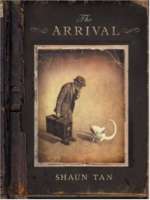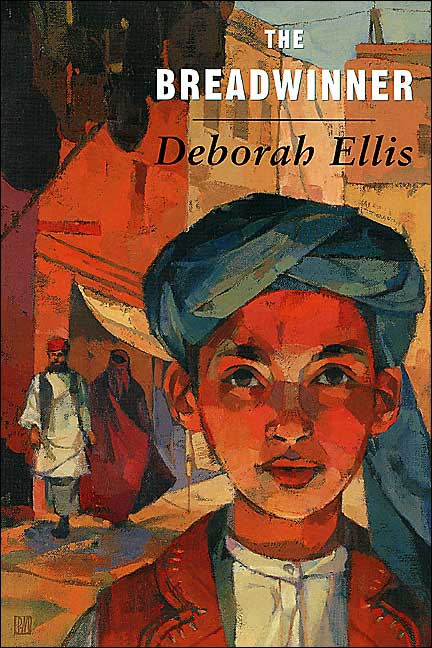by Prisca Martens, Towson University, Towson, MD
In last week’s blog we reflected on the various modes or semiotic systems through which our culture communicates meaning. These include visual (i.e., art, moving images), linguistic (i.e., language), auditory (i.e., sound, music), gestural (i.e., movement, dance), and spatial (i.e., layout, design). Picturebooks are multimodal, drawing on the linguistic, visual, spatial, and gestural systems. Schools and society, though, tend to emphasize the written text for constructing meaning at the expense of the others.
My colleagues and I are in the second year of a three year study exploring how, in picturebooks, learning to read meanings through a variety of modes relates to beginning readers’ reading development. We worked with 37 first graders in two classrooms last year. At the beginning and end of the year we asked the children to read a picturebook and retell it and then respond to questions about the illustrations without the book in front of them.
Continue reading →
 The world has changed. What it means to be literate has changed.
The world has changed. What it means to be literate has changed.


 The IBBY Congress offered multiple opportunities for learning about the reading experiences offered to children in different parts of the world. One of those experiences that was the focus of lively discussions involved children reading wordless texts in the project, “Visual journeys: Understanding immigrant children’s responses to the visual image in contemporary picture books.” Dr. Evelyn Arizpe, from the University of Glasgow, coordinator of the project, Dr Cecilia Silva-Díaz and Brenda Bellorín, from the Universitat Autonoma de Barcelona, and myself from The University of Texas at Austin, shared the power of the visual image in the graphic novel
The IBBY Congress offered multiple opportunities for learning about the reading experiences offered to children in different parts of the world. One of those experiences that was the focus of lively discussions involved children reading wordless texts in the project, “Visual journeys: Understanding immigrant children’s responses to the visual image in contemporary picture books.” Dr. Evelyn Arizpe, from the University of Glasgow, coordinator of the project, Dr Cecilia Silva-Díaz and Brenda Bellorín, from the Universitat Autonoma de Barcelona, and myself from The University of Texas at Austin, shared the power of the visual image in the graphic novel  The realization that other young citizens of the global community have messages of empowerment, or agency, to share with children of the western world is perhaps one of the most important roles of international literature. The literature, in which the main characters reveal agency through identity, voice, decision-making, and taking action according to their learned perceptions of a situation, is one way to accomplish that exchange of ideas. That was one of the outcomes for individuals who attended the IBBY Congress last month as active participants in IBBY’s role of building bridges across global cultures.
The realization that other young citizens of the global community have messages of empowerment, or agency, to share with children of the western world is perhaps one of the most important roles of international literature. The literature, in which the main characters reveal agency through identity, voice, decision-making, and taking action according to their learned perceptions of a situation, is one way to accomplish that exchange of ideas. That was one of the outcomes for individuals who attended the IBBY Congress last month as active participants in IBBY’s role of building bridges across global cultures. 